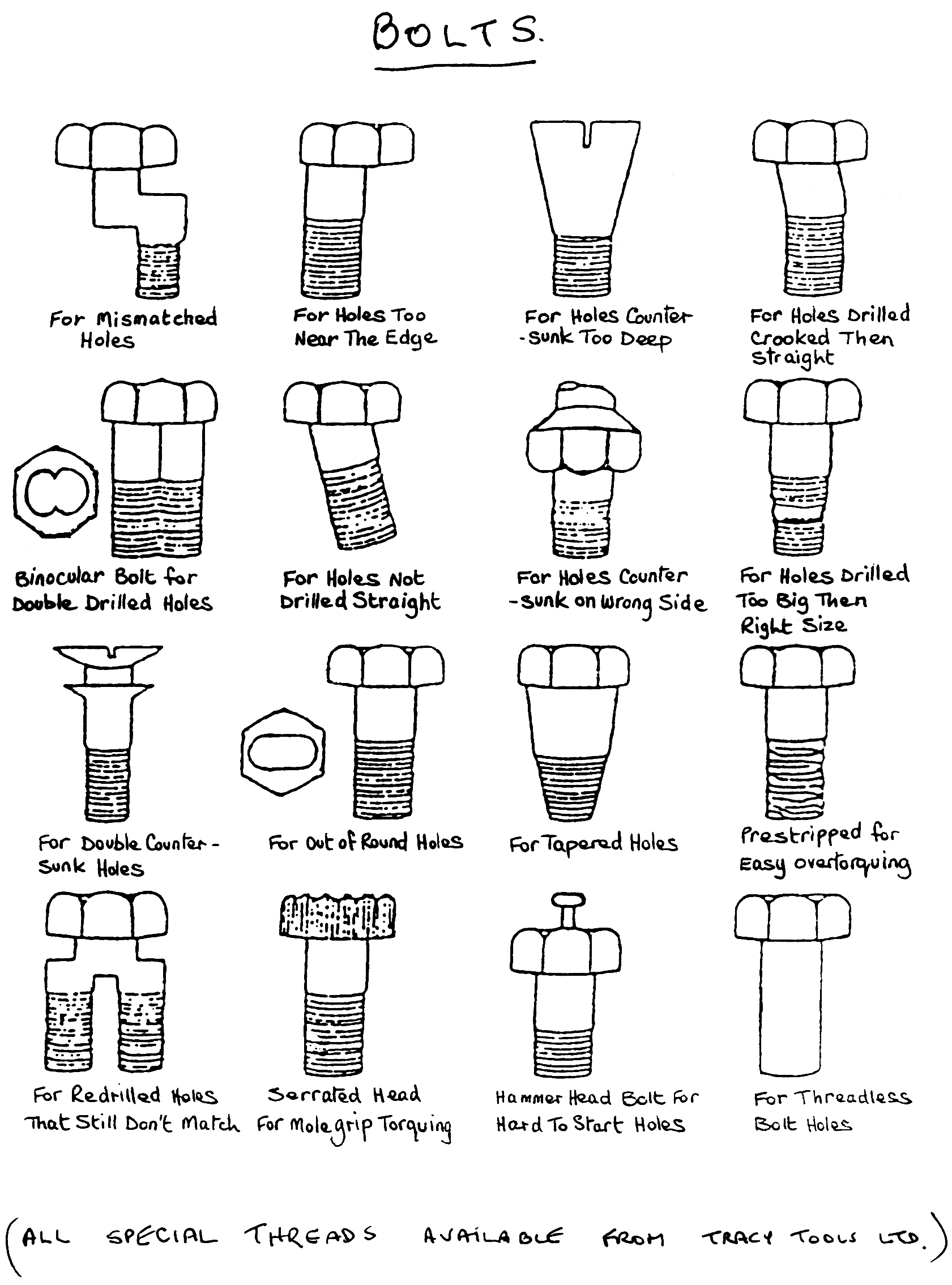Radiator panel continued
First off I thought I'd give the underside a good clean and a coat of Zinga. Zinga say it can be used as a weld through primer (but be aware of fumes when welding - 99%{?} zinc)

Whilst that Zinga was drying I bimbled off and cut and bent the reinforcing strip - also 1.5mm thick steel (and of course arsed about with the starter motor nose cone as shown above - perhaps this is multi-tasking after all?)
Tapping the reinforcing angle into position (scraping off some of the Zinga of course - two steps forwards...)

Bending back that edge that I heated and bent outwards so the reinforcing strip could be removed (that didn't work of course) and refitted (that did work yeah!)
Just using the hand bending pliers - another good buy that tool - happy bunny

Flattening the edge in a G-clamp - nice and easy - neat trick

Spraying a bit more Zinga behind the reinforcing strip to try and rectify the scratches made by said strip during fitment

Little bit of grinding with the mini angle grinder (have I mentioned that Bosch 10.8V angle grinder before? Really good tool that)

Using sanding flappy disc thing to flatten off the rest of the welded joint - a bit more controllable than a grinding disc but will eat through metal at a surprising rate if you're not awake

Ran out of time but the remainder of the welding has been started.

To be continued
First off I thought I'd give the underside a good clean and a coat of Zinga. Zinga say it can be used as a weld through primer (but be aware of fumes when welding - 99%{?} zinc)
Whilst that Zinga was drying I bimbled off and cut and bent the reinforcing strip - also 1.5mm thick steel (and of course arsed about with the starter motor nose cone as shown above - perhaps this is multi-tasking after all?)
Tapping the reinforcing angle into position (scraping off some of the Zinga of course - two steps forwards...)
Bending back that edge that I heated and bent outwards so the reinforcing strip could be removed (that didn't work of course) and refitted (that did work yeah!)
Just using the hand bending pliers - another good buy that tool - happy bunny
Flattening the edge in a G-clamp - nice and easy - neat trick
Spraying a bit more Zinga behind the reinforcing strip to try and rectify the scratches made by said strip during fitment
Little bit of grinding with the mini angle grinder (have I mentioned that Bosch 10.8V angle grinder before? Really good tool that)
Using sanding flappy disc thing to flatten off the rest of the welded joint - a bit more controllable than a grinding disc but will eat through metal at a surprising rate if you're not awake
Ran out of time but the remainder of the welding has been started.
To be continued


